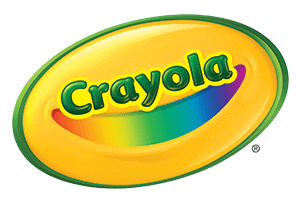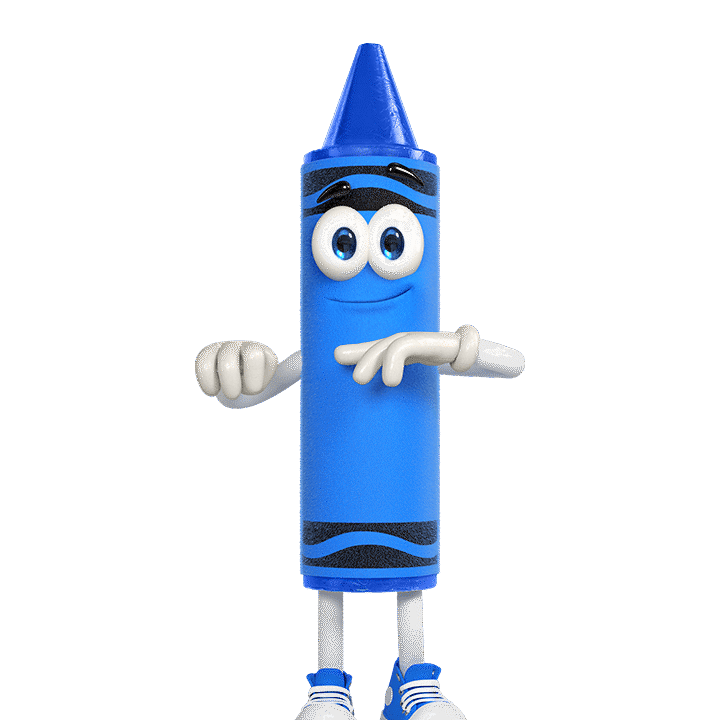
Crayola has a longstanding commitment to creating products, experiences, and programs that inspire children, teachers, and families while caring for the environment. In fact, the first Crayola crayons were made in 1903 in a facility that ran on hydropower provided by the Bushkill Creek in Easton, Pennsylvania. Since then, Crayola’s commitment to researching and implementing innovative practices that positively impact the environment has not wavered. Crayola continues to test new programs and learn along the way, so we can find solutions that make a meaningful difference.
The ColorCycle program started in 2013 and despite the positive intent, it did not meet the intended sustainability goals. The challenges of sustainably collecting and recycling markers were more complicated than anticipated, making the ColorCycle program ineffective:
- Environmental experts agree that reducing carbon footprint is one of the most important ways to slow global warming and positively impact the environment. Unfortunately, shipping used markers long distances created a carbon foot print impact which undermined the goal of lowering CO2e emissions.
- Recyclers have strict guidelines about what they are able to process and warn that receiving items other than markers contaminates an entire batch. This prevents the entire mixture from being recycled. Many well-intended ColorCycle shipments included non-plastic items which created challenges for the third-party recyclers.
Due to these challenges, we made the difficult decision to end the program. We continue to explore other ideas for “end of product life” initiatives, but the solution is not easy. For example, our markers are made of mixed plastics which creates a recycling challenge. Additionally, when markers are disassembled, the parts are too small for recycling. A meaningful solution needs to address all of these challenges. Still, Crayola remains deeply committed to sustainability and will continue to bring innovative solutions to the design, sourcing, manufacturing, and distribution processes. We have made significant progress in reducing our carbon footprint with investments in renewable energy and efficiencies in our manufacturing process. Refer to the Sustainability page for additional information about Crayola’s programs that help care for the environment.


